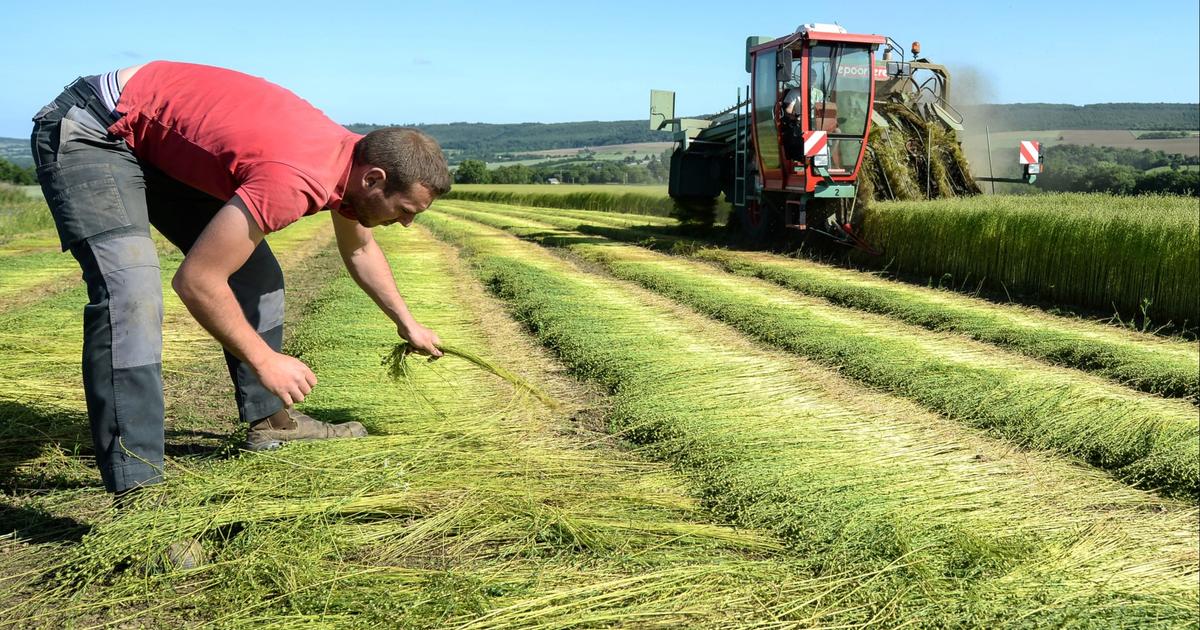A population that is withering and aging, more precarious than the average... While farmers are expressing their anger and their fed-up at the end of January, who are they really?
Le Figaro
sketches the composite portrait of today's French farmer.
One in five farmers lives below the poverty line
One in five agricultural households lives below the poverty line.
Some farmers live in a more precarious situation than the average, according to an INSEE study published in 2021, based on figures from 2018. For comparison, 13% of French households lived below the poverty line that same year.
A situation which hides great disparities, depending on the size of farms but also the sectors.
Cattle and sheep breeders are thus the most precarious, with 25% of households below the poverty line.
The lowest 10% of agricultural households have an annual standard of living below 9,800 euros.
Read also Farmers' remuneration under pressure again
Four out of five farmers are over 40 years old
Precarious, farmers are also aging, with an average age of 51.4 years in 2020, according to the latest census of the agricultural world published in 2021. Barely 20% of French farmers are under 40 years old.
Half of the farms are managed by at least one operator aged 55 or over, “
who has already reached or will reach retirement age in the coming decade
”.
Among those over 60, two thirds have not sought or identified a buyer.
Fewer and fewer farms
Since 1970, the number of farms has almost been divided by four.
There were more than 1.5 million fifty years ago, compared to less than 400,000 today.
At their head, there are barely 500,000 operators and co-operators remaining.
The share of farmers in total employment therefore continues to decline: only 1.5% of workers in 2021, compared to 7.1% forty years ago.
Fewer farms do not necessarily imply fewer crops or livestock: often, land is taken over by neighbors in search of economies of scale.
The average surface area per farm has thus increased by 50 hectares in fifty years.
It is now 69 hectares (compared to around 180 hectares in the United States).
Increasingly specialized farmers
At the same time, farms are becoming more and more specialized.
Farms combining crops and livestock - a model considered environmentally virtuous, as animal droppings can be used to fertilize fields and meadows - are becoming rarer as farms and territories become more specialized.
Only 11% of farms fit into this model, compared to 19% in 1988. Farms doing only plant production have become the majority (52% in 2020 compared to 37% in 1988).
Read alsoBrussels tries to contain the discontent of farmers which is spreading in Europe
A younger, more educated generation
However, young farmers are more qualified than their elders.
Among those recently established (after 2010), 74% have followed baccalaureate level training and 44% higher training (compared to 48% and 22% respectively for farm managers of previous generations).
These recently established farmers are most often at the head of micro or small farms and are more focused on plant production such as market gardening.

